Do resistance band workouts really work?
Do resistance band workouts really work? We look at the science of resistance band training to answer this common question, and offer tips to get you started
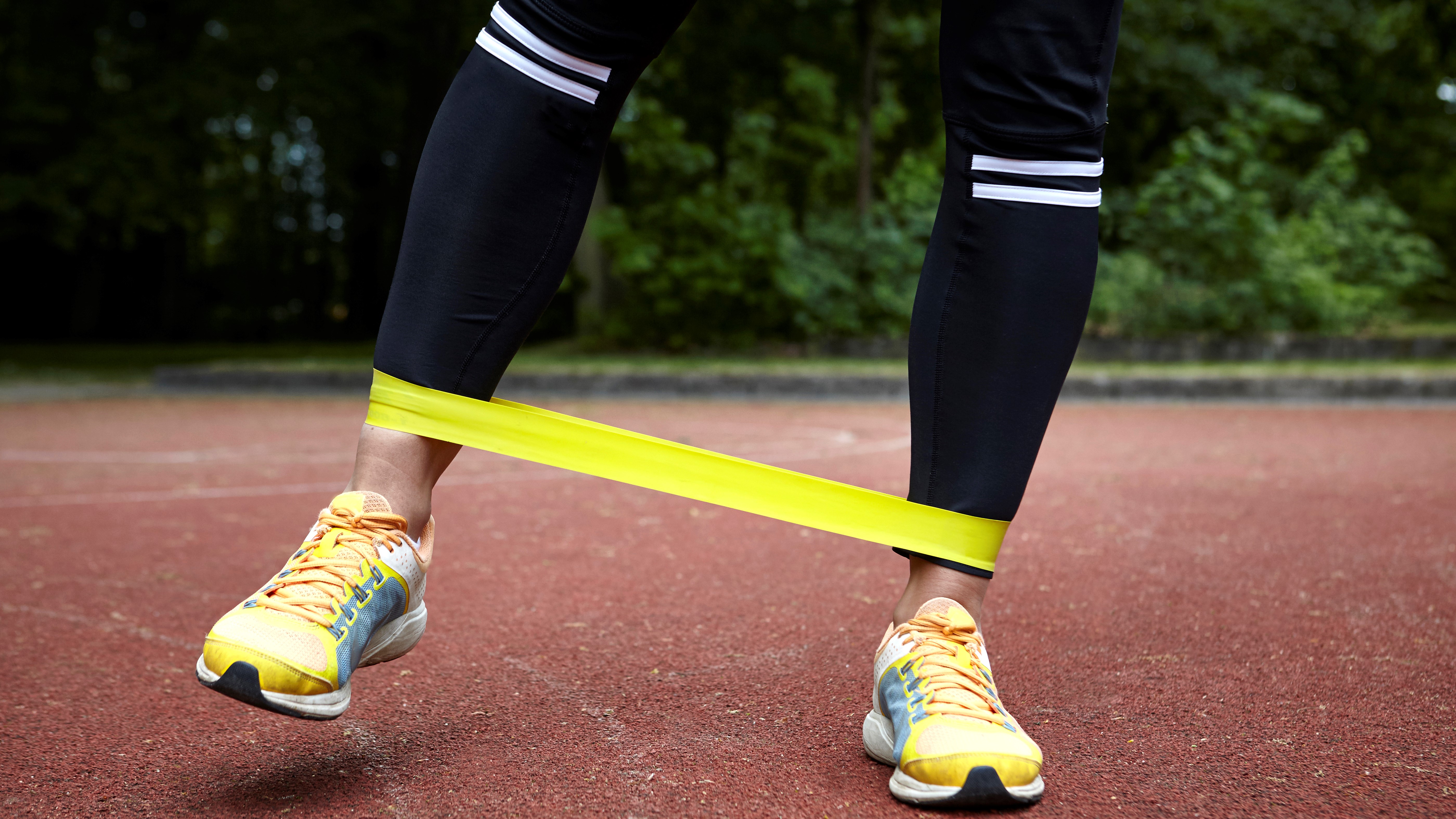
Resistance bands. It’s virtually impossible to visit a trainer or physical therapist these days without returning home clutching one or two. When I separated my shoulder years ago in a bike crash, I strapped one around the door handle and spent hours using it to regain my shoulder adduction. When I tore my acl skiing, I hooked one around a table leg and my own leg to help restore my quad strength by pulling against it as I straightened my leg. When I briefly courted the idea of being able to do a pullup, I used resistance bands thrown over the pullup bar to mimic the pulling down action.
They come in all shapes and sizes these days and they’ve gone from being an old people workout tool to a pretty well-respected means of training. But do resistance band workouts really work? It’s a common question, and one that we can answer with a look at research into the subject. Read on for the benefits of resistance band training, and some tips for getting started.
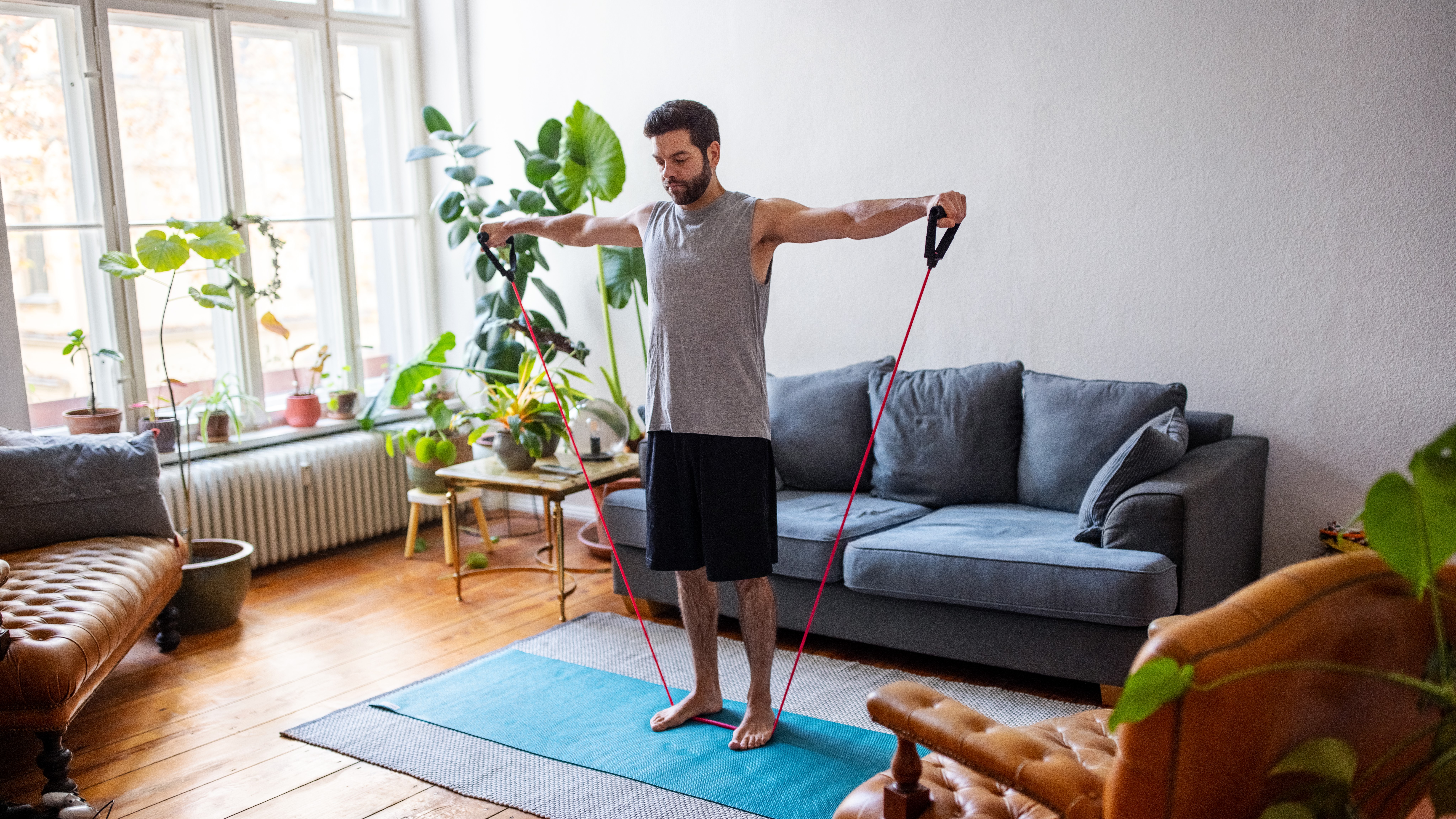
Do resistance band workouts really work?
Because we tend to associate workouts with pumping huge amounts of iron, deadlifting your own body weight and swinging kettlebells around, if you haven’t tried working out with resistance bands, they can look a bit, well, meek in comparison. But a 2019 review of studies on resistance band training found that doing so produces similar results to other resistance training.
Resistance training is what we generally term 'weight lifting', and applies to any training where you perform a lift, push or pull against resistance. That resistance can be created by adding load, via a heavy dumbbell or an elastic band. So according to the research, resistance band workouts can be on a par with working out with dumbbells, barbells, kettlebells or any other bells you might find at the gym, assuming you’re approaching your training in the right way. If you're looking for a new means of cross training for the days when you're giving your running shoes a rest, or an alternative to weight lifting, you might want to consider resistance band workouts.
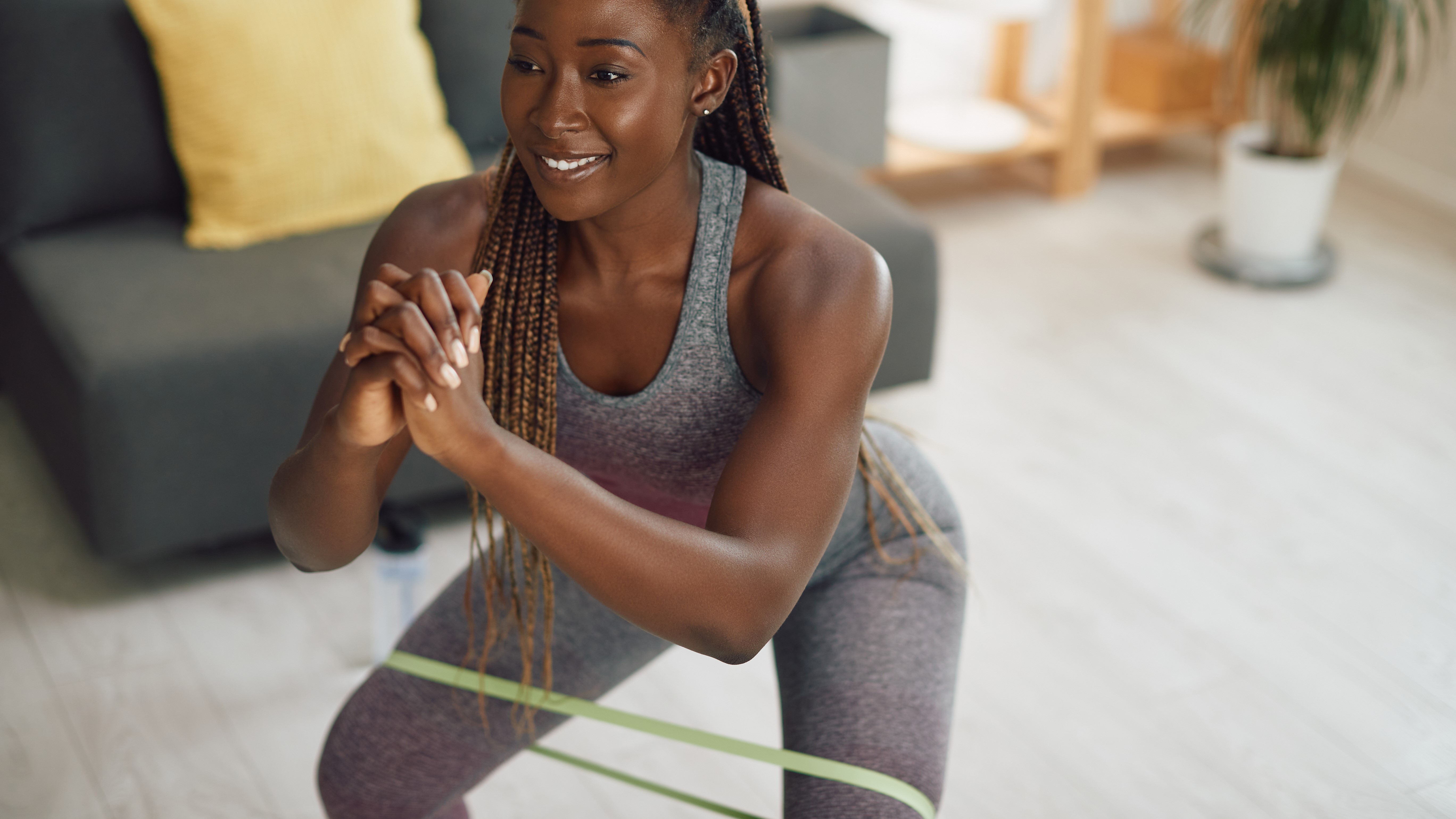
Can you build muscle with resistance bands only?
Since studies show that resistance band workouts produce similar results to other weightlifting routines, you can expect to build some muscle using only resistance bands, as long as you’re using them effectively. Resistance bands can come in different types, from flat therapy bands to tubular bands with handles, and there are almost unlimited ways you can use them to build muscle.
For example, to build up your biceps, you can stand on a tubular band and bend your elbows to pull the handles up to your chest. To strengthen your outer hips (adductors), which almost all of us need to do, you can tie a therapy band around your thighs and crab walk around the house.
How much muscle you can build will depend on other factors, primarily genetics and hormones, but if building muscle is your goal, the key probably lies in working with a trainer to figure out which exercises and how many reps you need to be doing. To see progress, you’ll need to gradually increase the resistance, either through a stronger band or shortening the band, as your body adapts to the load.
Advnture Newsletter
All the latest inspiration, tips and guides to help you plan your next Advnture!
It’s also important to note that, while resistance band workouts can help you build muscle, what they’re really effective at is helping you increase the active range of motion in your joints, which helps to keep your joints healthy and keep you mobile as you age.
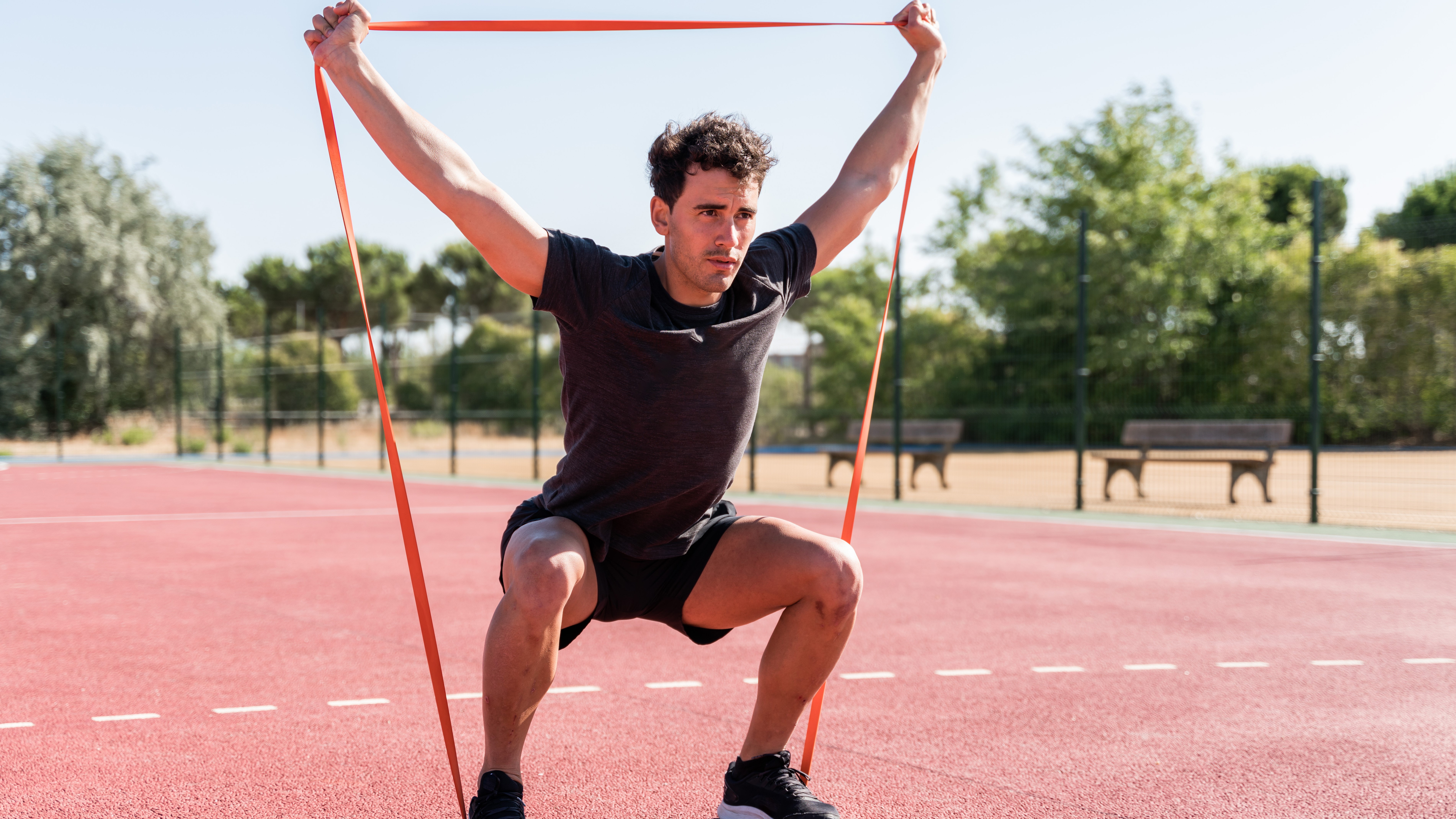
Can you lose weight with resistance band workouts?
Though we tend to associate weight loss with cardiovascular workouts such as running and cycling, a 2022 review of 15 studies and 18 trials found that resistance band training decreased body fat in overweight or obese people better than other resistance training types. The review notes that resistance band training improves body composition overall, because it also increases lean muscle mass rather than reducing it in the way that running and other aerobic exercise can.
Of course, weight loss always depends on other factors, including diet, but if taken in conjunction with a healthy diet, resistance band workouts may help you to lose weight.
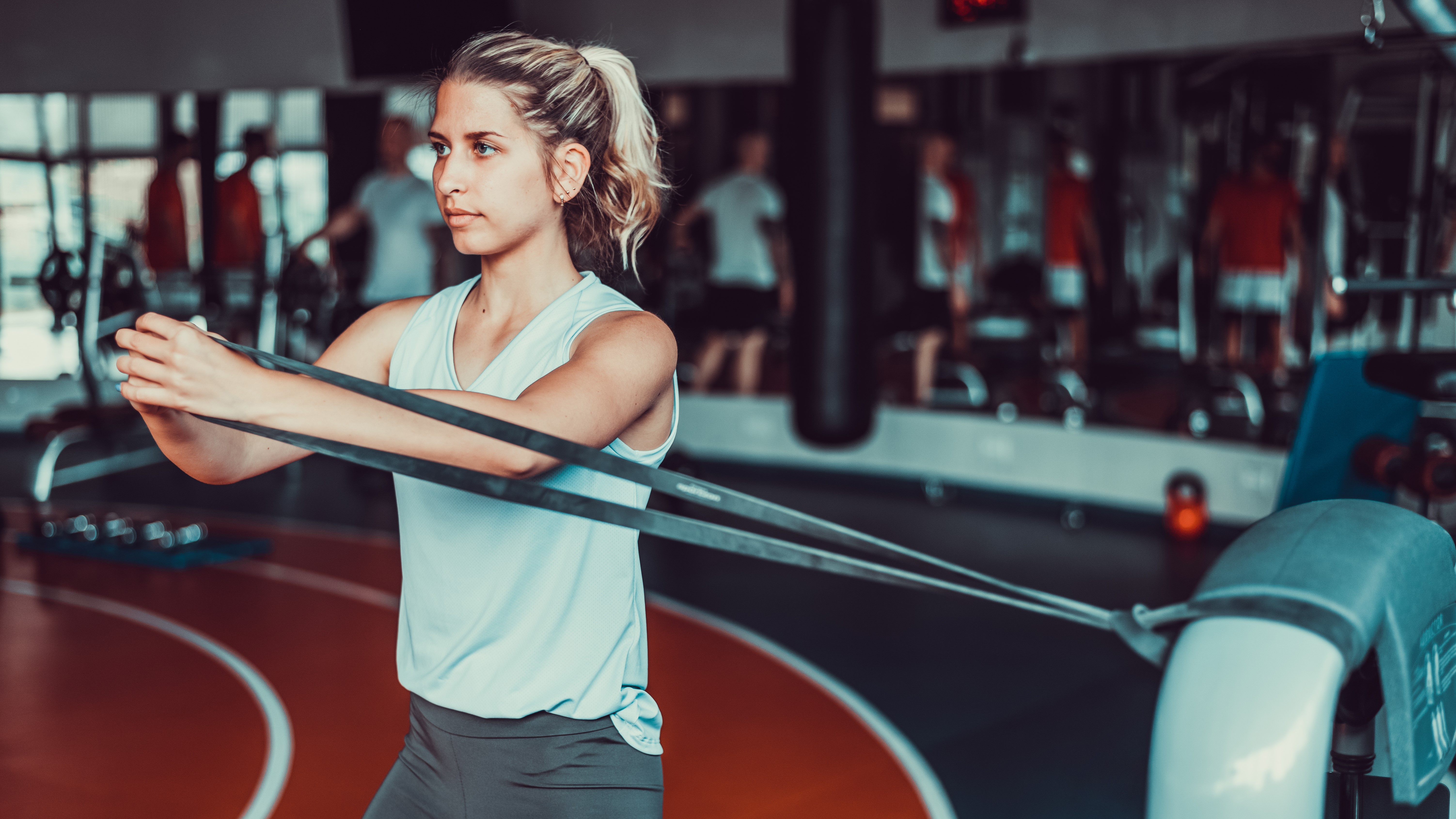
What are the advantages of resistance bands?
There are four really standout advantages to using resistance bands over other forms of resistance training:
- Portability: Resistance bands weigh almost nothing and can easily be packed into the pocket of your running jacket or backpack. That means you can take them with you on the road or to the office and work out anywhere.
- Cost: Resistance bands can cost anywhere from a couple of bucks up to about $25, but they’re never expensive. The flimsier ones don’t last forever of course, but compared to a gym membership or kitting out your garage with a full weight rack, they’re a drop in the bucket.
- Versatility: You can work practically every muscle with resistance bands, and you can find ways to increase the resistance as you get stronger, so they are incredibly adaptable to your needs.
- Joint-friendly: Compared to, say, loading up a barbell for a shoulder press, which places a lot of pressure on your spine and shoulders, a resistance band alternative such as standing on the band and pressing your hands up is much kinder on your joints.
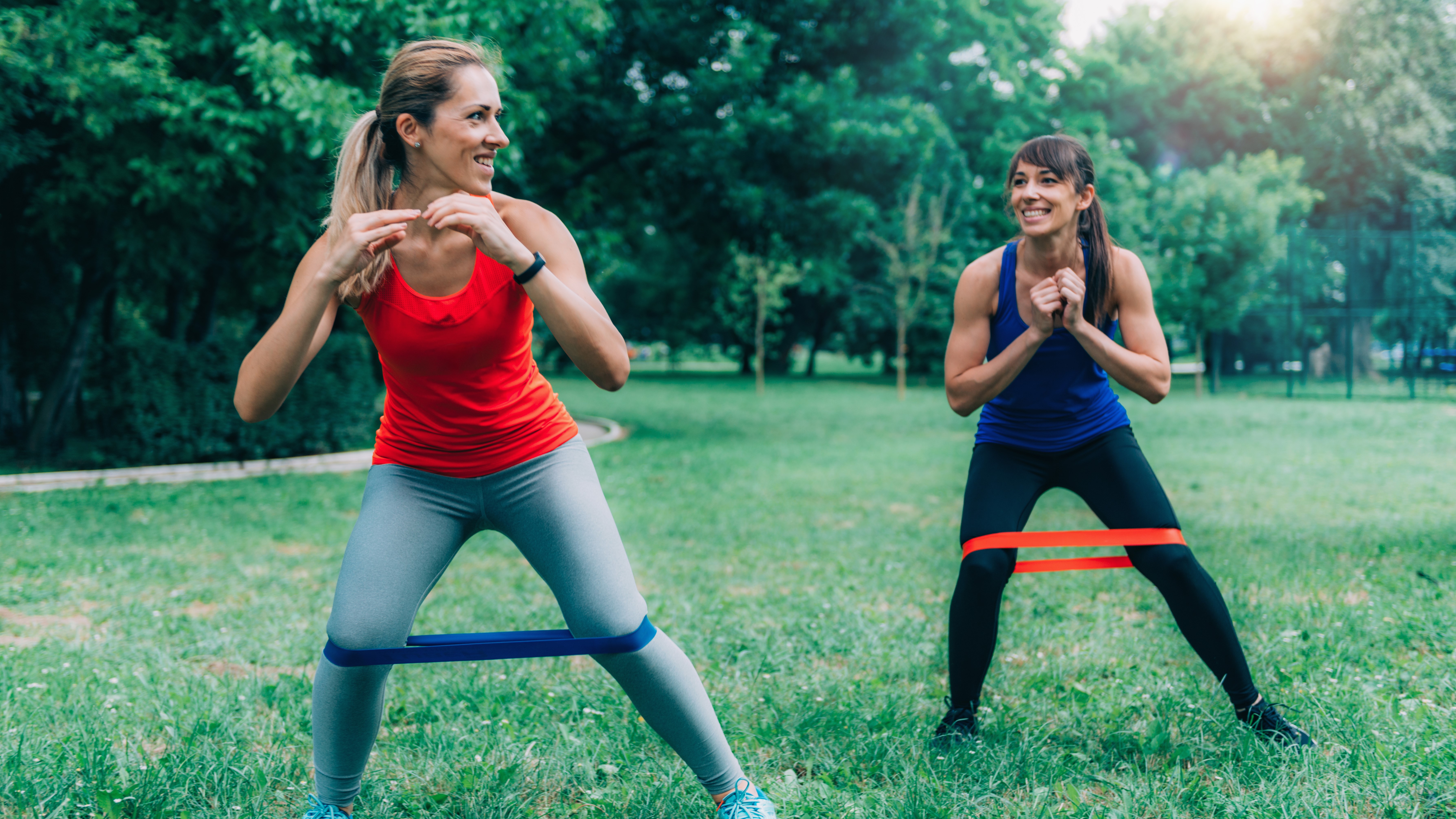
Tips for using resistance bands
If you’re planning to start working out with resistance bands, here are a few tips to get you started:
- Work with a trainer to create a routine that meets your needs and goals.
- Examine your bands regularly for signs of wear and tear.
- When using a door to hold a resistance band, make sure it’s secure before pulling on it.
- Wear shoes when standing on resistance bands to help with grip and securing the band.
- Pay attention to your form, and make your movements slow and smooth. Leave the swinging for your kettlebells.
Julia Clarke is a staff writer for Advnture.com and the author of the book Restorative Yoga for Beginners. She loves to explore mountains on foot, bike, skis and belay and then recover on the the yoga mat. Julia graduated with a degree in journalism in 2004 and spent eight years working as a radio presenter in Kansas City, Vermont, Boston and New York City before discovering the joys of the Rocky Mountains. She then detoured west to Colorado and enjoyed 11 years teaching yoga in Vail before returning to her hometown of Glasgow, Scotland in 2020 to focus on family and writing.

